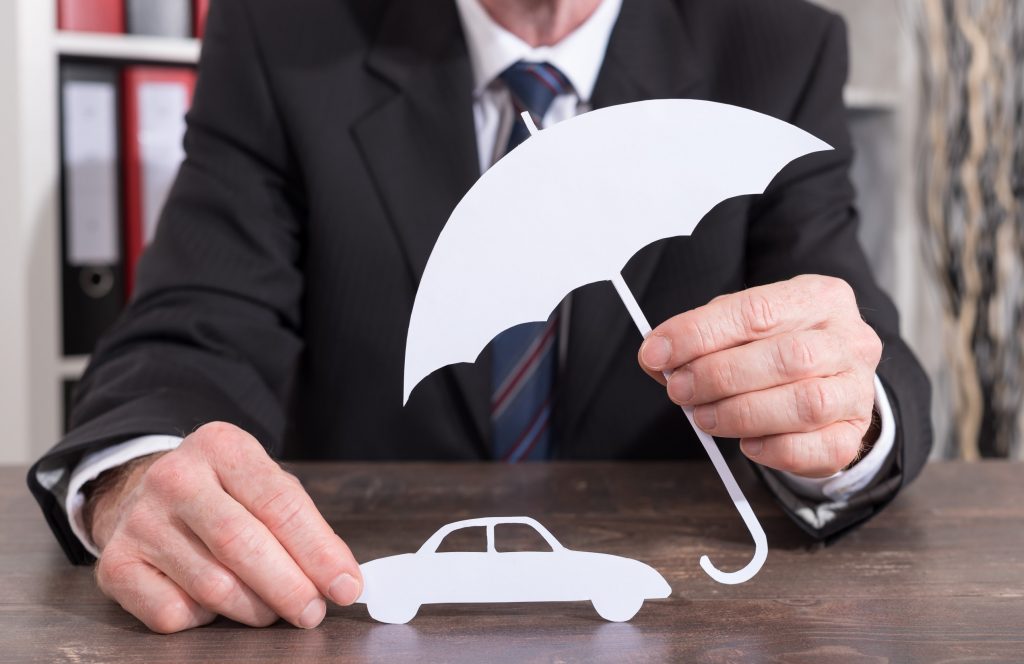
In Nevada, motorists are required to carry a minimum amount of car insurance. The breakdown of state insurance requirements is as follows:
- $25,000 for bodily injury or death of one person in any one accident
- $50,000 for bodily injury or death of two or more persons on any one accident
- $20,000 for injury to or destruction of property of others in any one accident
These minimum requirements are in place to protect motorists who have been injured and/or whose property has been damaged in an accident caused by another driver’s negligence. Many drivers have insurance policies that exceed these minimums. Most of the time, policy limits are sufficient to compensate the victims of minor to moderate accidents. But when there are multiple injured victims with serious injuries and/or extensive property damage, policy limits often fall short.
If the damage from your car accident exceeds policy limits, you could be left with staggering medical bills, a totaled vehicle, and the inability to return to work due to your injuries. Is there anything you can do when an at-fault driver maxes out their insurance policy? Find out from the Las Vegas personal injury lawyers at ER Injury Attorneys.
Is It Possible to Collect Excess Damages in Nevada?
It is possible for an injured claimant to collect additional compensation when a car accident exceeds policy limits, but it’s not a common outcome. That being said, excess damages may be collected under certain circumstances by:
- Utilizing a defendant’s umbrella policy
- Filing an underinsured motorist claim
- Suing the at-fault driver
- Suing more than one defendant
- Assigning your claim to a bad faith insurance lawsuit
Umbrella Policies

An umbrella policy is a kind of personal liability insurance that kicks in when someone has exhausted their regular insurance coverage, whether that be auto insurance, homeowner’s insurance, or another kind of insurance. Your average motorist probably doesn’t have this kind of coverage (although individuals with a lot of assets may invest in it to protect themselves in case of a lawsuit).
On the other hand, umbrella policies are very common with large corporations, such as trucking companies. If you were in an accident with a semi-truck, delivery van, or the employee of a large corporation, there’s a good chance they are covered by an umbrella policy.
Underinsured Motorist Claims
Although not required in Nevada, many car insurance companies offer supplemental underinsured motorist coverage to drivers. If you purchased underinsured motorist coverage and the economic impact of your car accident exceeds policy limits, your own insurance policy can help make up the difference.
What underinsured motorist coverage will cover varies from policy to policy. Some are designed only to cover property damage while others only cover bodily injury liability. Others still may cover everything, including medical bills, lost wages, pain and suffering, and property damage.
Suing the At-Fault Driver
If your damages exceed the at-fault driver’s policy limits, they don’t have an umbrella policy, and you don’t have underinsured motorist coverage, your next legal option is to file a personal injury claim against the person who caused the accident. This involves seeking compensation directly from the driver, so it may be difficult to get paid if they don’t have any money or assets—even if a judge or jury rules in your favor.
In these kinds of cases, an experienced personal injury attorney can help you maximize your settlement by advocating for wage garnishment or property liens against the defendant when necessary.
Suing Multiple Defendants
Sometimes, more than one party may be partially at fault for a car, truck, or motorcycle accident. This could include multi-car accidents in which more than one driver’s actions contributed to the crash. For example, if you sustained damages after an accident in which two other drivers shared the blame equally, you could collect compensation from both insurance companies up to their individual policy limits.
Other times, vehicle or parts manufacturers may also be sued if an accident was partly caused (or your injuries were exacerbated) by a faulty or defective auto part. You may also sue multiple defendants in cases of vicarious liability, in which an employer may be held responsible for an employee who causes an accident on the clock.
Bad Faith Insurance Claims

Bad faith refers to actions (or lack thereof) taken by an insurance company to wrongfully deny or avoid paying a claim. This may include refusing to pay a valid claim, failure to pay a claim on time, failure to explain why a claim is denied, denying liability even when it is apparent, requiring unreasonable and unnecessary paperwork to process a claim, or misleading a policyholder about their coverage limits.
In many states, you can file a bad faith claim if you are either the insured (first-party) or have a valid claim (third-party). Unfortunately, this is not the case in Nevada. So if an at-fault driver’s insurance company acts in bad faith, only the policyholder has a right to sue. However, faced with the possibility of being sued themselves, at-fault drivers may be willing to include your injury claim in a bad faith lawsuit, which may then result in compensation beyond the original insurance policy limits.
How to Get The Compensation You Deserve
If you or a loved one has been injured in an accident in Las Vegas or Pahrump and the insurance company is giving you the runaround (or has made you a subpar settlement offer), legal help is available. At ER Injury Attorneys, we offer free, no obligation consultations to all prospective clients. If you’re not sure what to do next and need help understanding your legal options, our experienced personal injury team can put your mind at ease.
To arrange your complimentary case review, call us 24/7 at 702-878-7878. You can also get in touch with a representative online by using our LiveChat service, or fill out this form to be forwarded to our office.
